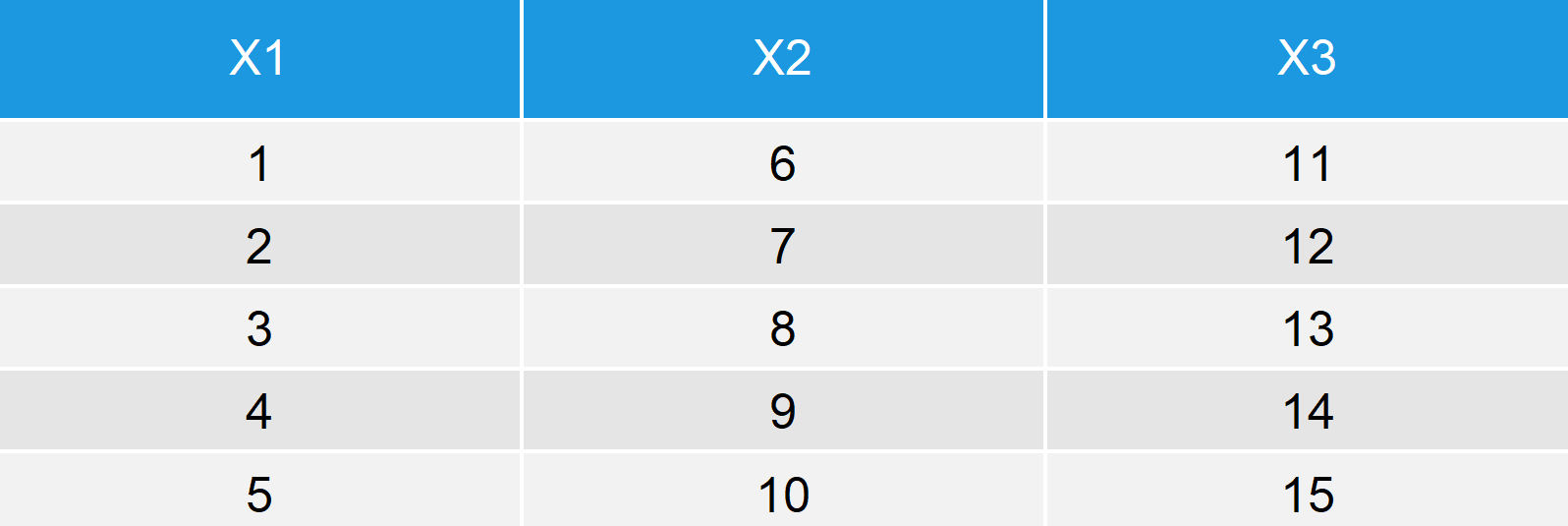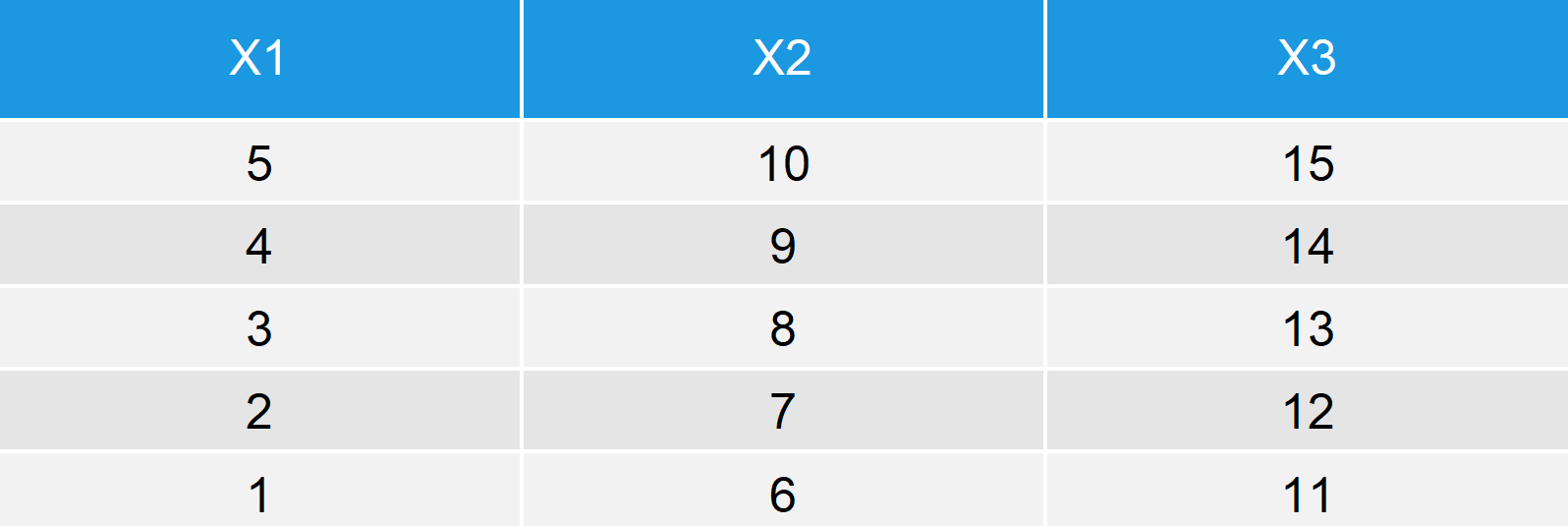rev R Function | 3 Examples (Reverse of Vector, Data Frame by Column & by Row)
Basic R Syntax:
rev(x)
The rev R function returns a reversed version of a vector or other data objects. The basic R code for the rev command is illustrated above.
In this R tutorial, I’m going to show you three examples for the usage of rev in R.
Let’s start right away…
Example 1: Reverse Vector via rev() R Function
Typically, the rev R function is used to reverse the order of vectors. Let’s create an example vector:
vec <- 1:10 # Create example vector vec # Print example vector to RStudio console # 1 2 3 4 5 6 7 8 9 10
Our example vector consists of ten numbers ordered from 1 to 10. Now, let’s reverse this vector with the rev() command:
vec_rev <- rev(vec) # Apply rev function to vector vec_rev # Print reversed example vector # 10 9 8 7 6 5 4 3 2 1
As you can see, we reversed the order of our vector from 10 to 1.
Easy! But stay with me, there is more…
Example 2: Apply rev to Data Frame to Reverse Columns
With the R rev function, we can also reverse the ordering of the columns of a data frame. Let’s create some example data:
data <- data.frame(x1 = 1:5, # Create example data.frame x2 = 6:10, x3 = 11:15) data # Print example data.frame to RStudio console

Table 1: Example Data Frame.
Our dataset has three columns containing the numbers 1 to 5, 6 to 10, and 11 to 15, respectively.
We can reverse the order of the columns with the following R code:
data_rev <- rev(data) # Apply rev function to data.frame data_rev # Print reversed example data.frame

Table 2: Example Data Frame Reversed by Column.
As you can see, the positions of X1 and X3 are exchanged.
OK nice, so can we do that also by row? Yes, of cause we can:
Example 3: Reverse Order of Rows
For the third example, I’m going to use the same data frame as in Example 2. We can reverse the order of the rows of this data frame with the following lines of code:
data_rev_row_a <- apply(data, 2, rev) # rev() & apply() functions combined data_rev_row_a # Print data.frame _a reversed by row
As you have seen, we used rev in combination with the apply function. You might say that’s too complicated – But no problem, there’s an even simpler solution which relies only on the nrow function:
data_rev_row_b <- data[nrow(data):1, ] # Alternative without rev() data_rev_row_b # Print data.frame _b reversed by row

Table 3: Example Data Frame Reversed by Row.
Video & Further Resources on the Topic
Do you need more explanations on how to apply the rev R function? Then you should have a look at the following YouTube video of the Statistics Globe YouTube channel, where I’m explaining the topics of this post:
Still hungry? No worries, there is more to learn. In the following video tutorial of the LearnR YouTube channel you will see a bunch of further examples that you can use for your analytics in R programming – Not only to flip rows and columns with rev(), but also for related functions such as which(), order(), attach(), and matrix().
Further Reading
- sort, order & rank Functions in R
- Sort Data Frame in R
- Sort Data Frame by Multiple Columns
- nrow() in R
- List of useful R Functions
- The R Programming Language






